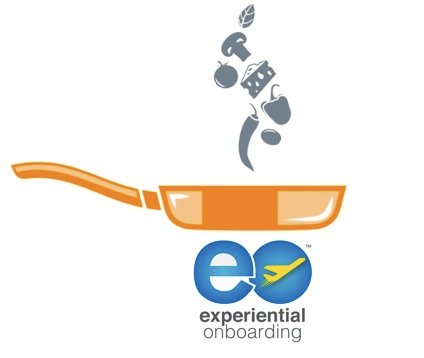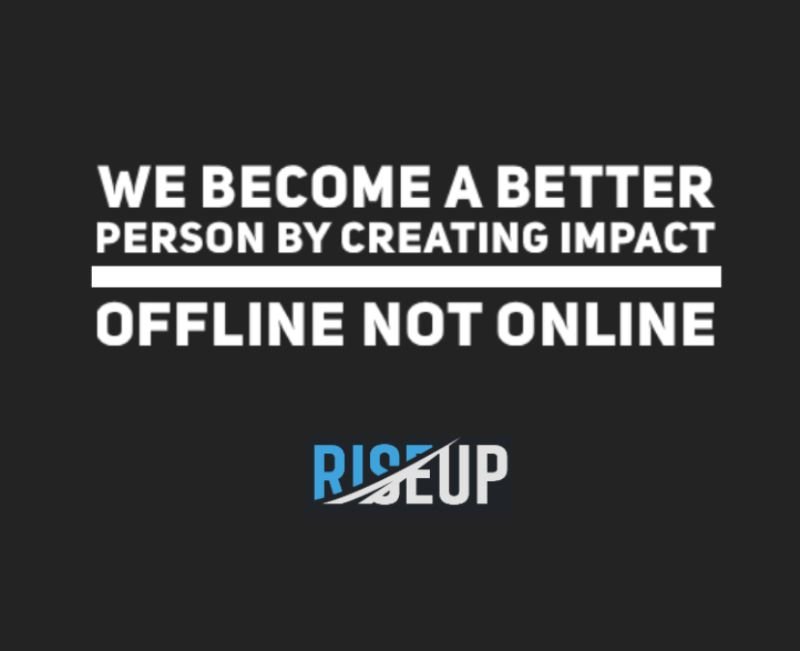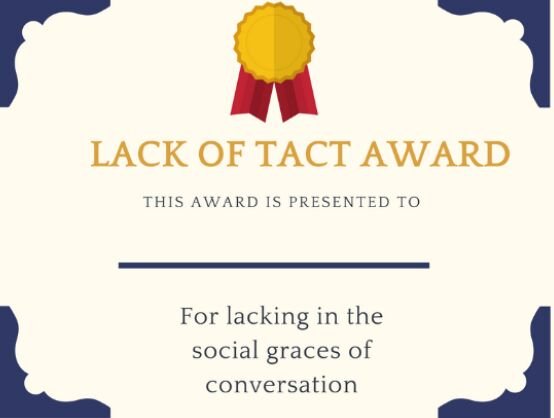 If you have a chance to observe and talk with a chef, they will share with you that there is always a time for everything when they are cooking.
If you have a chance to observe and talk with a chef, they will share with you that there is always a time for everything when they are cooking.
You add in a particular ingredient not earlier or later, but at the right time, coupled with precise control of the fire (i.e. the energy in the room during induction program).
If we deliver it the organization intended message too early when the energy is low (i.e. the fire is low), we lose it especially when the induction is all about PowerPoint and information downloading.
If we deliver the message when the energy gets too high (i.e. the fire is high), the message get “burnt” and we lose it as well. Especially when the untrained facilitator does not know how to control the energy (i.e. fire) in the room. The result is an over-cooked dish that we don’t remember.
Being a behavioral-focused facilitator and speaker; I am always curious about human behavior whether in training or speaking. I am always on the lookout for new ways to engage not the people, but their mind. If we can engage their mind, we can engage the person
A common observation in induction program is people dozing off or distracted either by surfing with their mobile phone or watching the clock when the presenter is speaking, the answer, unfortunately, is not rocket science.
Our Mind Is A Seeking Missile.
Our mind is always on the lookout for exciting things to do. When the session is boring, our mind simply switches to checking what is happening on the Facebook, which is more interesting than a lecture. But what fascinated me is that this “phenomenon” has been going on for years, and most organization are still adopting this practice.
The reason is not that they can’t change, but because they do not know how. In order to conduct a highly successful Experiential Onboarding (EO), requires the facilitator to have a firm understanding of human behavior, design and embed them in the activity.
Here are three fundamental human behaviors (i.e. ingredients) to watch out for if we want to construct an extremely effective EO:
1. People Do Not Like To Be Told What To Do.
Hands up if 95% of your induction program consist of purely presenters flashing their slides on-screen and they start talking by the bullet points. There is a high chance that your induction program falls into this category because the majority of companies we came across are.
Any messages that do not have an emotional investment do not have an impact on human behavior. It just increases the possibility by many folds that they will soon forget once the program ended. In fact, they just forget!
Emotionally invested message means creating one that is emotionally charged or physically experienced, and this can be achieved only through activity. Not just any activity, but an intentionally designed process.
Emotionally invested message also create the effect where the people take the message and make it theirs. Only then will a vested interest be created. An EO program takes that into consideration by understanding the effect that people believe in what they want to believe.
2. People Resistance Always Start On The High.
Majority of facilitators that I spoke to, were being asked a question when they are delivering a simple ice-breaker; “what’s the purpose of an ice-breaker when you can do something else?” It’s a valid question. If you can do something else, why do we even want to do an icebreaker?
Many do not understand the “why”. The idea of doing any activity or just simple ice-break is to reduce people’s natural resistance to the message. Because more often than not, the message we are delivering are value-focused and highly personal and sensitive. And in order for a message to have vested interest, it needs to be value-driven and personal. It is a “land-mine”, but an experienced EO facilitator would know how.
In order to have people listening, you need to establish a “behavioral buy-in”. The second step of the behavioral buy-in is facilitating that message with input from all individuals in that room. That’s creating an emotionally invested power (in pointer 01).
3. People’s Attention Span Is Not Your Control.
You can’t control the attention span of every single person in the room. It is the reason presenters who are not trained usually lost the audience in the first 3 minutes. Yes, 3 minutes while they rattle on for another 27 min. 90% of the time, the new hires are “not in the room”.
EO Facilitator understands that it is not about controlling the attention span, but controlling the energy of the room. If the energy is high, attention will follow. If the energy is high, every single person in the room will follow.
To control the crowd, you control the energy and calibrate it throughout the day. And an often-misunderstood message of high energy is that it need not be an all time high every time, just like attending a motivational seminar! It is not true at all.
EO facilitator design activities to create and stack energy and you have to learn to stack them up before delivering the final message. That is where the message gets locked in. However, people either deliver a message when the energy is at its lowest or getting caught up in the high energy where they do not know how to end it.
The result is simply the message getting lost in all that hype. It backfires because the untrained facilitator does not know how to control the “fire”. An experienced chef knows that the control of fire is critical to how the outcome will be.
Is Your Induction Dish Memorable?
Is your dish during induction a fabulous dish where people will remember and talk about it? Or is it an over-done or under-cooked dish that people forget once they walk out?

